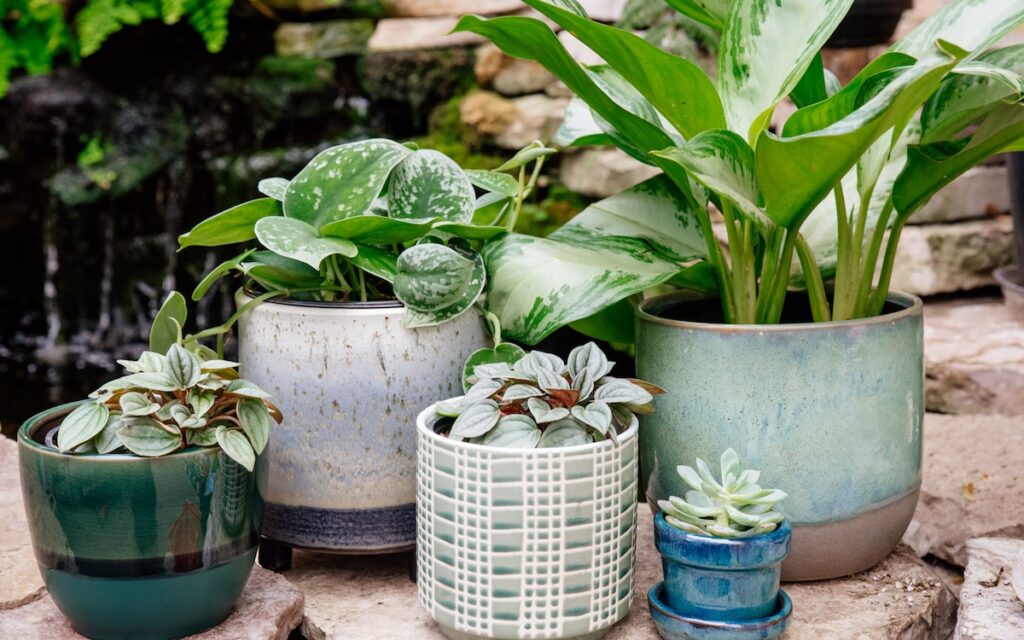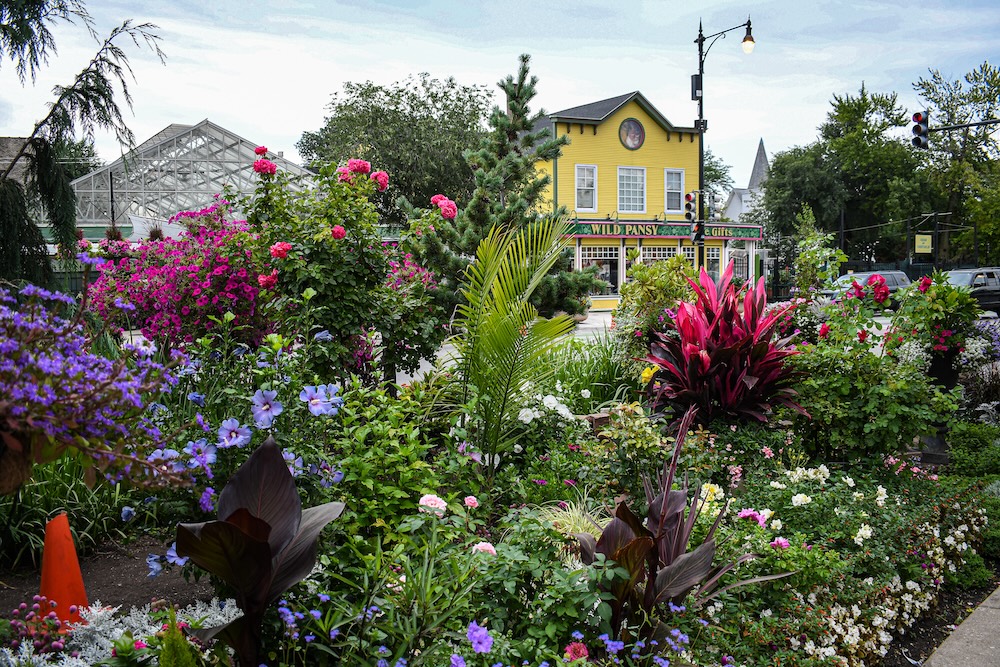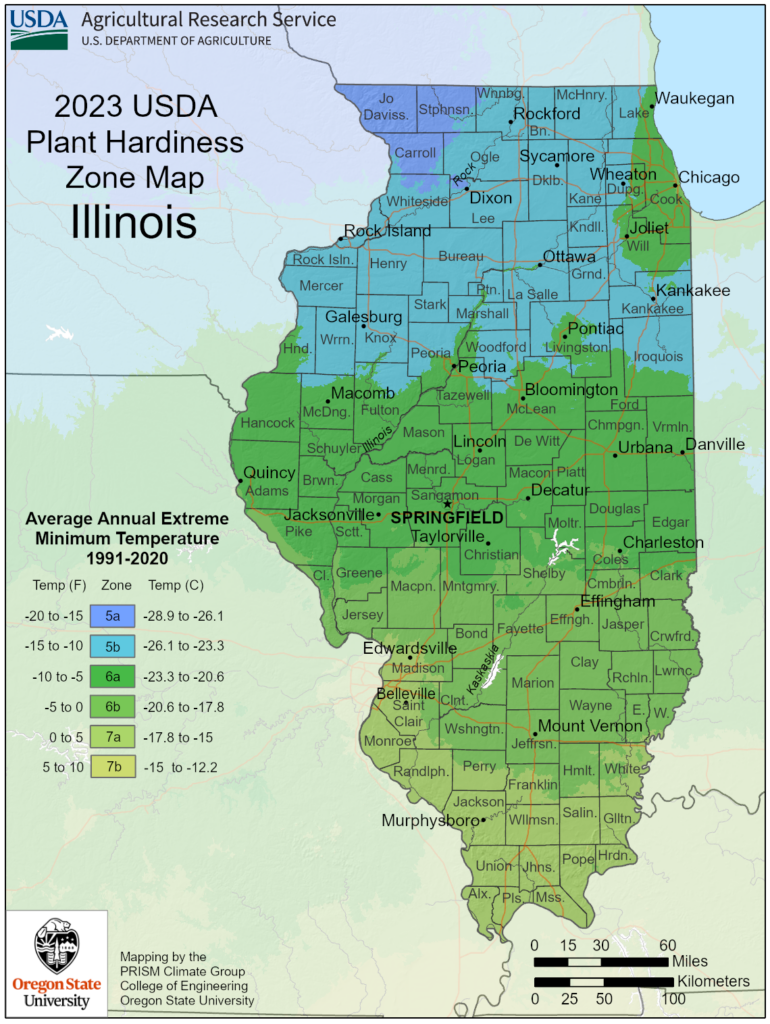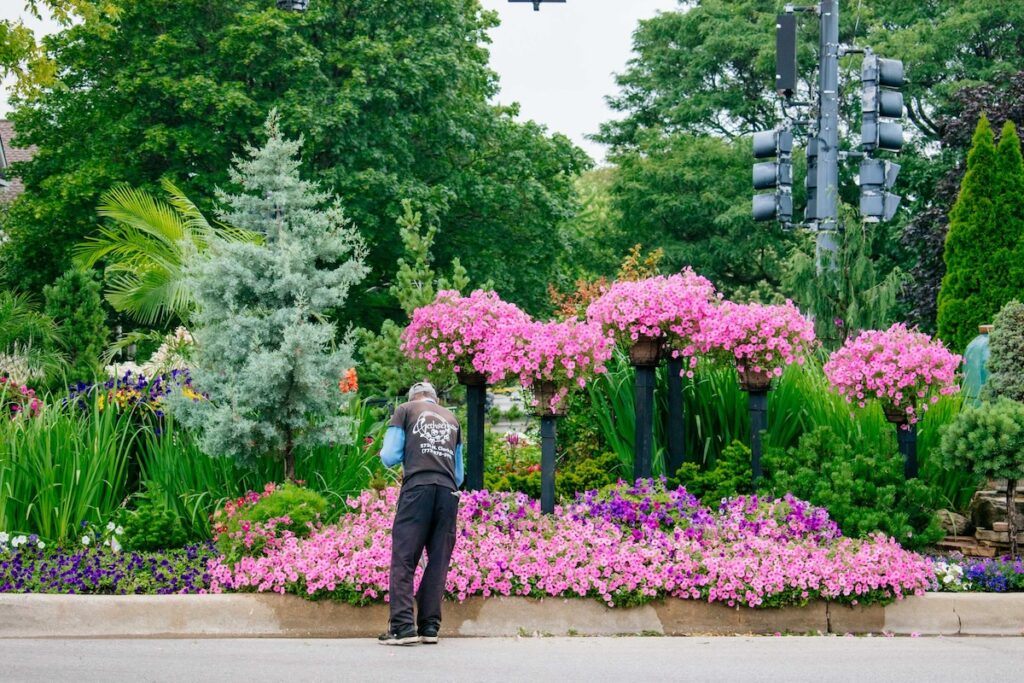Gardening Quick Start Guide
Our goal at Gethsemane is to support gardening excellence. Everybody starts somewhere, and we want your start to be as fun and easy as possible.
What will I need?
Before starting any project, ask yourself, “What are my goals?” A lush indoor jungle, or perhaps a thriving pollinator garden?
Your goals will determine everything you will need, but some general equipment will be useful no matter the project.
- Trowel or spade
- Work clothes
- Garden gloves
- A learning mindset
Table of Contents
- Indoor Planting
- Outdoor Planting
- Planting in Chicago
- Plant Nutrients
- Balancing Nutrients
Indoor Planting

Soil
Your indoor plants will live in containers, and will typically need potting soil. Potting soil is lighter and dries out faster so your plant’s roots don’t become waterlogged.
Products we carry for indoor planting:
- Gethsemane’s house blend potting mix
- Baccto Lite potting mix
- Specialized soil mixes and amendments (e.g. cactus/succulent, orchid, violet, etc)
WATER
Your plant’s watering requirements will vary, but you can follow these general rules:
- Use your finger to check the first ~2″ of the soil, if it’s dry to the touch, it’s time to water.
- Water your plant thoroughly, until you see water come out of the drainage holes.
- Don’t let your plant sit in water for more than 30 minutes.
For cacti and succulents, you may leave more time in-between watering. Overwatering is more common than underwatering and largely due to frequency, not amount of water.
LIGHT
Generally, indoor plants want as much light as they can get. South and west-facing windows get the most direct light, whereas east and north-facing get the least. Plants that are sensitive to light can burn if placed directly in a window. Get familiar with your specific plant’s light requirements and place it accordingly in your home.
Check out our houseplant resources for plants by light requirement >
Outdoor Planting

Soil
For container planting, potting mix will be your best bet, while garden soils can be a bit heavier to retain moisture that tends to like to spread.
Soils we carry for containers:
- Gethsemane’s house blend potting mix
- Baccto lite potting mix
- Purple Cow potting mix
- Baccto Veggie mix
Soils we carry for in-ground planting:
- Gethsemane’s housemade garden soil
- Purple Cow potting mix
- Baccto Veggie mix
- Topsoil
- Mulches
WATER
Your plant’s watering requirements will vary, but you can follow these general rules:
- Use your finger to check the first ~2″ of the soil, if it’s dry to the touch, it’s time to water.
- Don’t let your plant sit in water for more than 30 minutes.
For cacti and succulents, you may leave more time in between watering.
One common misconception is that you don’t need to water after it rains. This may be true of heavy, soaking rains, but a drizzle may not be sufficient to properly saturate your plant’s roots.
In general, it is good practice to water at the base of the plant and avoid watering over the top, though this varies from plant to plant.
LIGHT
When planning your garden, consider how much direct sunlight the area gets.
Full sun (6+ hours of sun)
- Most flowering annuals like petunias, marigolds, and zinnias.
- Perennials like lavender, coneflowers, and daylilies.
- Tomatoes, peppers, cucumbers, and squash.
Partial Sun (3-6 hours of sun)
- Annuals like impatiens, begonias, and coleus
- Perrenials like hostas, astilbe, and columbine
- Leafy greens like lettuce, spinach, and Swiss chard
Full shade (0-3 hours of sun)
- Annuals like coleus, some impatiens and fuschia
- Perennials like ferns, hostas, heuchera
- Some herbs like mint and parsley
Planting in Chicago
Here in the greater Chicago area, we experience a range of USDA Hardiness Zones from 6a – 5b, requiring some unique garden planning considerations. The presence of Lake Michigan and the density of the urban landscape retain more heat than the surrounding areas, causing downtown Chicago to be a half zone warmer.
- Cold Winters: Chicago’s cold winters mean that many tender annuals and certain perennials will not survive the frost. It’s important to plant frost-hardy or easily replaceable varieties and consider mulching to protect the roots of perennials.
- Short Growing Season: With frost dates typically ranging from late April to early October, maximizing sunlight for vegetables and annuals is essential. Starting seeds indoors or using cold frames can help extend the growing season for full-sun crops.

What do plants need to thrive?
Plants need a balance of different nutrients and environmental conditions to thrive. You may have seen three numbers on the product label of your fertilizer. These are the NPK, or Nitrogen, Phosphorus, and Potassium levels of the product.
Each of these nutrients works in harmony, so finding the right balance based on your plant’s needs will ensure robust growth and productivity!
N
Nitrogen
Essential for leaf growth and overall plant vigor. It helps plants produce chlorophyll, which is vital for photosynthesis, and ensures lush, green foliage.
Use: Fertilizers high in nitrogen are great for leafy vegetables like spinach and lettuce, as well as for encouraging the growth of new shoots and leaves in other plants.
P
PHOSPHORUS
Supports strong root development and plays a crucial role in energy transfer within the plant. It’s also important for flowering, fruiting, and seed production.
Use: High-phosphorus fertilizers are ideal when you’re looking to promote blooming in flowers or boost the fruiting process in vegetables and fruit-bearing plants.
K
POTASSIUM
Strengthens plants’ overall health by improving their ability to resist disease, drought, and cold weather. It also enhances the movement of water and nutrients within the plant.
Use: Potassium-rich fertilizers are excellent for promoting healthy root systems, sturdier stems, and overall resilience in a wide range of plants, especially during stress conditions.
How do I balance NPK?
There are two main ways to ensure balanced, loamy soil: adding compost or applying fertilizer.
If you’re struggling to figure out what’s going on with your plants, try testing the soil to get a more precise sense of what the NPK values of your soil are.
Compost
Compost is an excellent way to amend poor soils and keep nutrient content high over time as the compost breaks down into the soil. You can think of compost as the “whole foods” for your plants.
Fertilizer
Fertilizer on the other hand is better for targeted amendment of soil. You can think of fertilizer as a “vitamin” that accounts for a specific plant’s need. All-purpose fertilizers tend to have balanced NPK numbers (e.g. 20-20-20) and are great for enriching older soils, especially indoors where odor may be a consideration.
Amendments
Depending on your plant’s unique needs, you may choose to add a variety of other amendments to your soil.
Have more questions?
Our gardeners are happy to help. Come into the store or give us a call.
